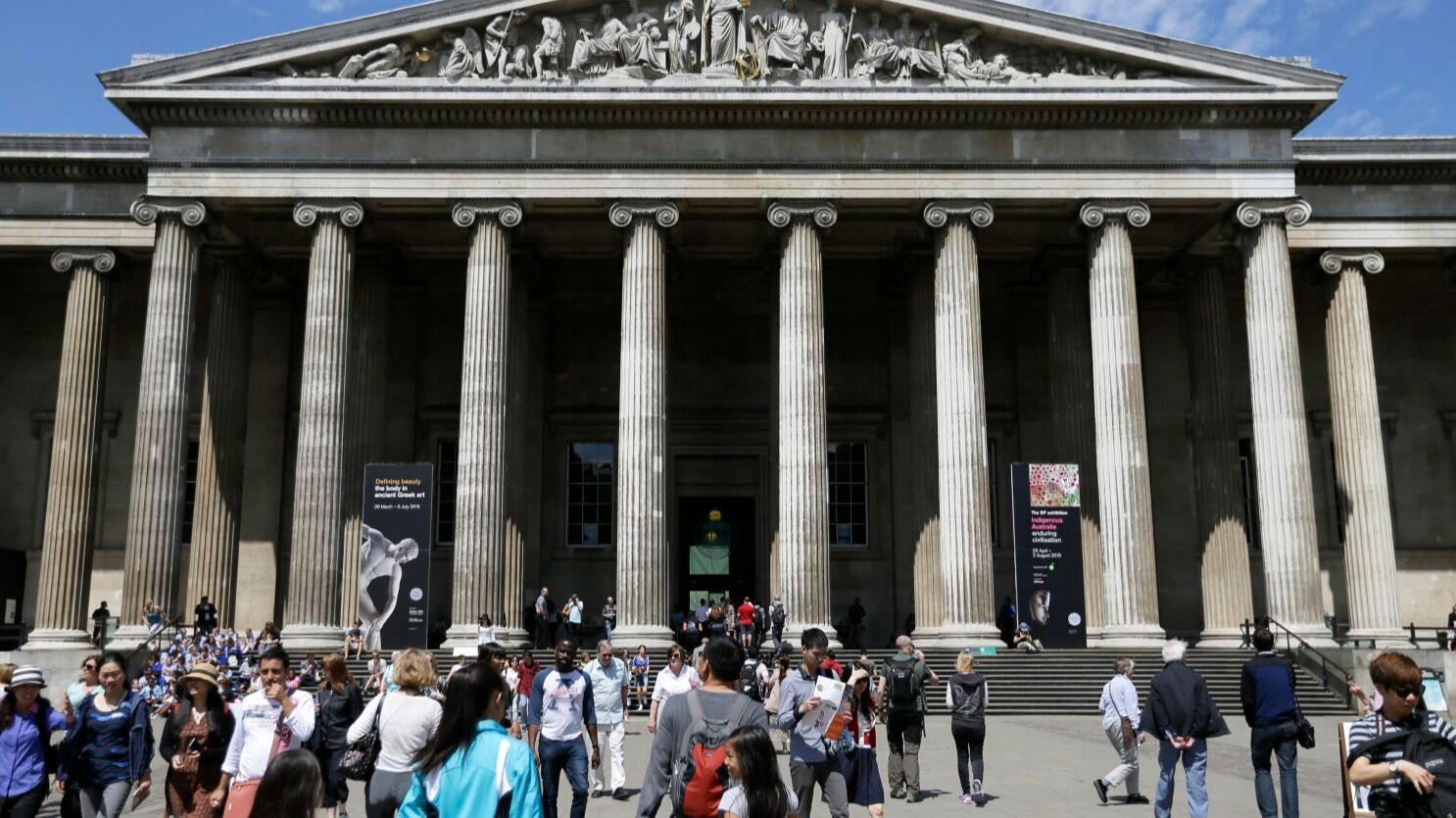London, UK – The British Museum finds itself at the centre of a growing controversy over its labelling of Tibetan artefacts as originating from “Xizang,” China’s official term for the region, in its Silk Roads exhibition. Tibetans and human rights advocates argue this decision echoes Beijing’s political agenda to rewrite Tibet’s historical and cultural identity, sparking widespread backlash.
The exhibition, showcasing artefacts from the ancient trade routes of the Silk Roads, includes numerous Tibetan pieces dating from the 5th to the 10th century. Yet, the decision to label these objects with “Xizang,” instead of “Tibet,” has drawn sharp criticism from Tibetans, who view the term as a tool of cultural erasure by the Chinese government.
Tibet’s Identity and China’s Terminology Pressure
The term “Xizang” emerged in the 1950s following China’s annexation of Tibet and has since been central to Beijing’s campaign to reshape global discourse on the region. Tibetans argue that using this term endorses China’s claim over Tibet, undermining its distinct cultural and historical identity. Advocacy groups, including the Tibetan Community in Britain and the Global Alliance for Tibet and Persecuted Minorities, have condemned the British Museum’s decision as legitimizing Beijing’s efforts to control Tibet’s global narrative.
Exile Tibetan refugees hold a protest against China’s occupation of Tibet, in New Delhi. | AP
“This is not just about a word on a label,” said Phuntsok Norbu, chairman of the Tibetan Community in Britain. “It is about the preservation of a culture that has been systematically suppressed. The British Museum’s role in shaping global understanding is critical, and adopting the term ‘Xizang’ is an affront to Tibet’s heritage.”
A Pattern of Global Pressure
China’s influence on international organizations to adopt “Xizang” extends beyond the British Museum. Earlier this year, the French Musée du Quai Branly-Jacques Chirac reversed its decision to use “Xizang” following public outcry. However, other institutions, like the Musée Guimet in Paris, have held firm, demonstrating the global struggle over Tibet’s identity.
In a diplomatic manoeuvre, Beijing has pressured countries like Nepal to officially refer to Tibet as “Xizang.” This aligns with China’s broader strategy to suppress Tibetan culture, language, and religion while promoting its own narrative of Tibet as an integral part of China.
Meanwhile, the British Museum has defended its labelling, claiming it reflects “the contemporary geographic terminology as defined by China.” However, this justification has been met with widespread criticism. Tsering Passang, founder of the Global Alliance for Tibet, called the decision “deeply offensive,” accusing the museum of enabling China’s campaign to erase Tibet from the global cultural map.
“It is disheartening that a prestigious institution like the British Museum would succumb to Beijing’s pressure and ignore the political implications of adopting such terminology,” Passang said.
China’s Systematic Suppression of Tibetan Identity
The controversy highlights a broader issue: China’s systematic suppression of Tibetan identity through language, education, and cultural policy. Tibetans face restrictions on religious practices, language use, and cultural traditions, further isolating them from their heritage. Critics argue that international institutions have a responsibility to resist China’s attempts to rewrite Tibet’s history and diminish its unique identity.
By using “Xizang,” museums risk becoming complicit in a narrative that threatens the preservation of Tibet’s cultural sovereignty. This terminology dispute underscores the urgent need for global cultural institutions to recognize and respect Tibet’s unique identity.
For Tibetans and their allies, this is more than a fight over semantics. It is a battle for the recognition of a distinct culture under threat. Advocacy groups have called on the British Museum to revise its labelling and on global institutions to resist Beijing’s coercive diplomacy.
“By standing up for Tibet, the world sends a clear message that cultural sovereignty cannot be rewritten by a powerful regime,” said Norbu. “Tibet’s identity is not just a regional concern—it’s a global issue.”
Cultural Erasure or Diplomatic Pressure? Tibetans Condemn British Museum’s Use of ‘Xizang’ world-news, uk World News | Latest International News | Global World News | World Breaking Headlines Today




